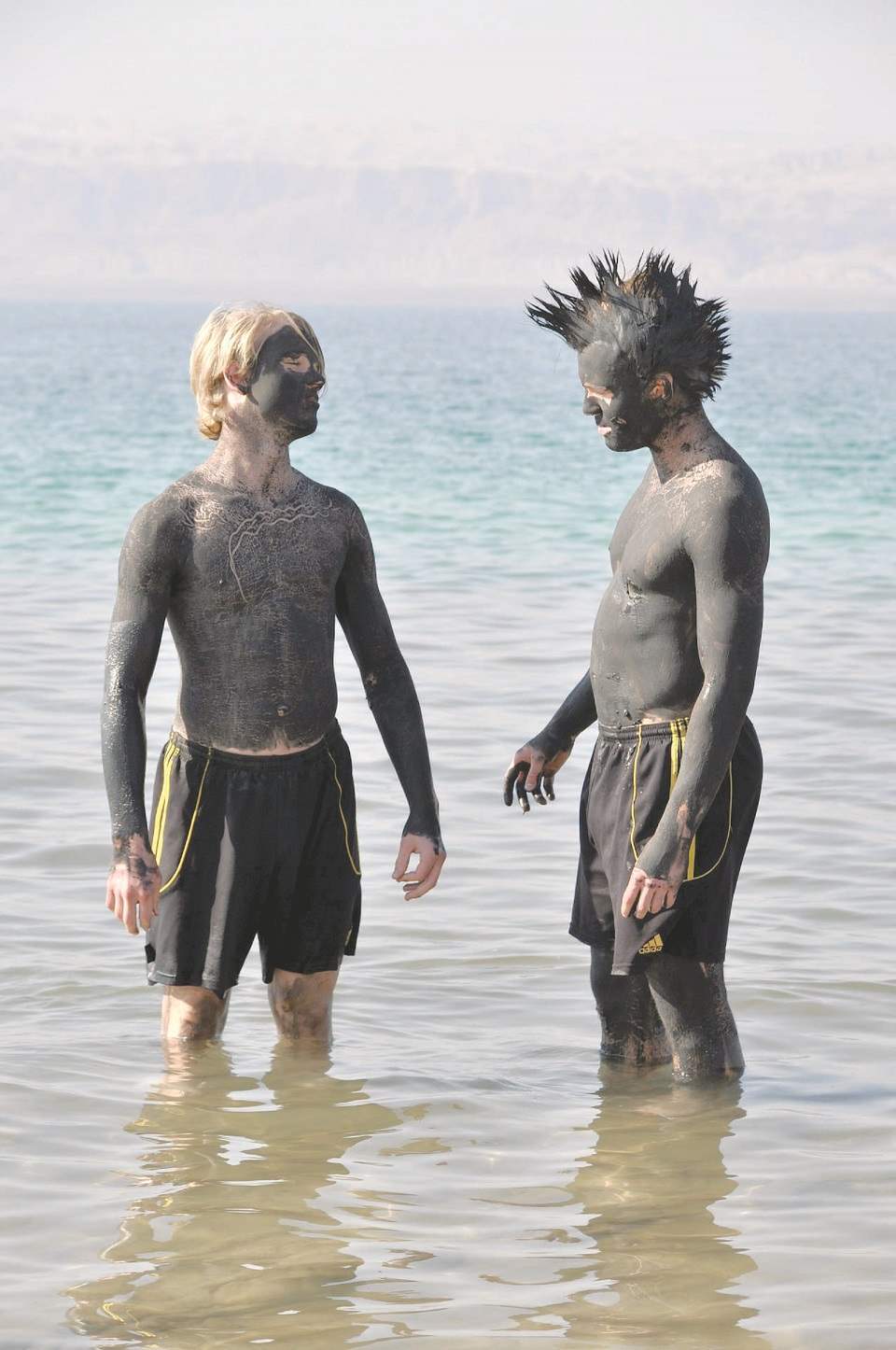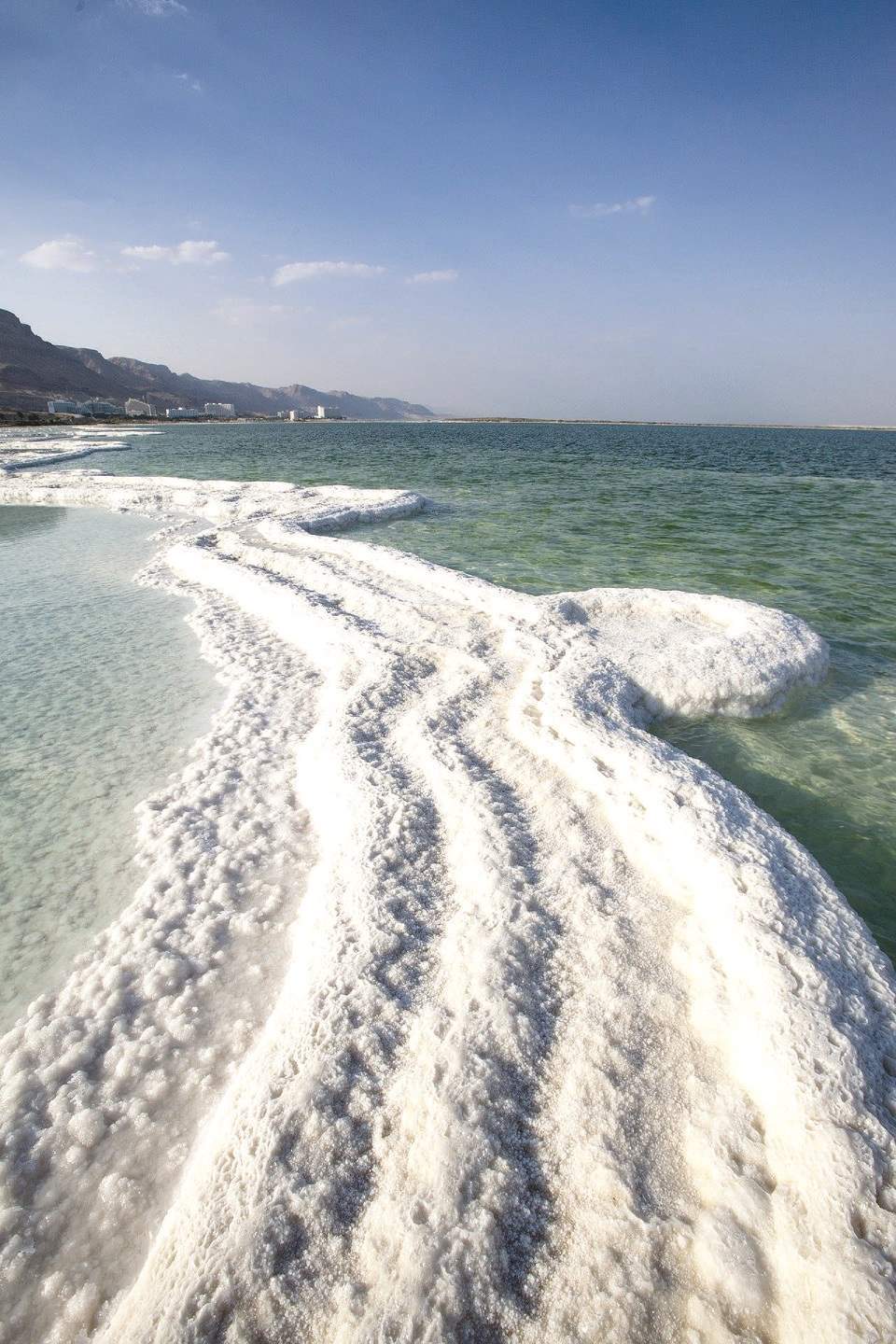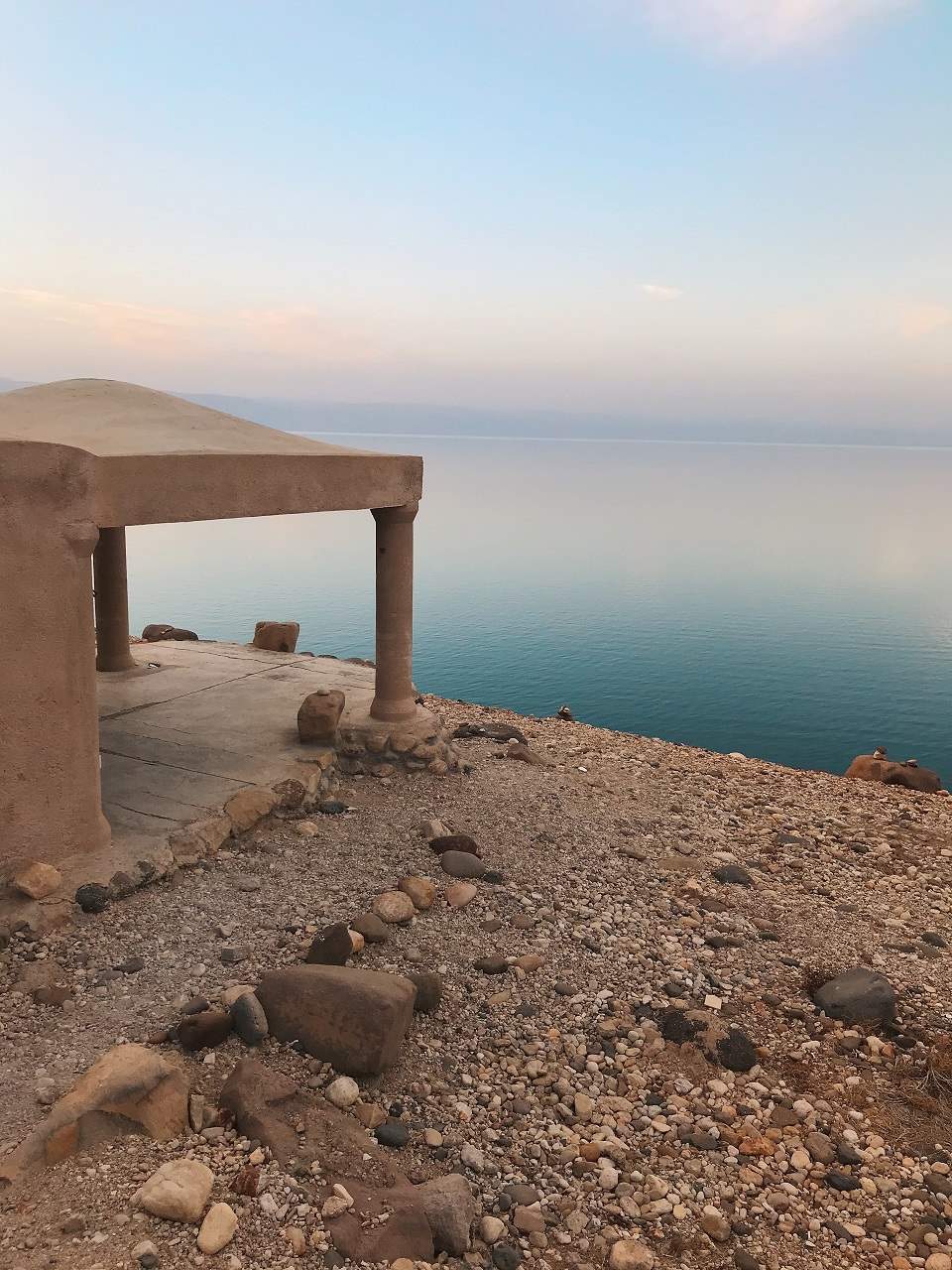AMMAN — People from all around the globe visit the
Dead Sea, a body of intensely saltwater, fed by the Jordan River and bordering the West Bank and Israel.
اضافة اعلان
It is not only famous for being the lowest point on earth, the Dead Sea has many other characteristics that make it a globally recognized landmark.
People visit the Dead Sea for a special experience provided by its extraordinary natural qualities, as well as for the long history associated with the site. This 50km long by 15km wide landlocked sea is 430 meters below sea level and almost 10 times saltier than ocean water.
It is also the deepest salt lake in the world with a depth that reaches 304 meters.
In addition to salt, which makes up 34.2 percent of its volume, the Dead Sea provides one of the healthiest mud packs, rich in minerals, which is usually used to treat skin and other ailments.
Some experts assert that being at such a low elevation is a therapy in itself because of the lower amount of ultra violet rays that reach it and which negatively impacts human skin.
 (Photos: Freepik, Unsplash and Shutterstock)
(Photos: Freepik, Unsplash and Shutterstock)
Due to the high barometric pressure, the Dead Sea area has eight times more oxygen than at sea level, and of course, much more at higher elevations where most people actually live.
For many people, visiting the Dead Sea is way more exciting than visiting a doctor, as all you need is to float effortlessly on that glittering water to enjoy the sea’s legendary its curative qualities. In fact, people have been aware of the sea’s therapeutic significance for thousands of years.
Herod the Great, the Rome-appointed king of Judea, suffered from a skin disease and was treated at the Dead Sea and the adjoining hot springs. It is because of that, that he built a harbor and a palace at the sea shore the remains of which can still be seen today.
Herod the Great also rebuilt a fortress called
Machaerus close to the Dead Sea in order to attempt to control the area. It is believed that the fort was the site where John the Baptist was beheaded on the order of Herod Antipas upon the request of his brother’s wife Herodias and her daughter Salome.
The Dead Sea Scrolls were found by a shepherd in 1947 inside a cave on the western shores of the sea. Part of them are today exhibited at the Jordan Museum in Amman.
The Dead Sea was known by different names by different civilization through history. It was known as the Salt Sea in the Book of Genesis, it was also called the Eastern Sea and the Sea of Arabah. In Arabic it is sometimes referred to as Lot’s Sea, a name based on the story of the prophet Lot and the destruction of the towns of Sodom and Gomorrah.
The story of Lot, mentioned in both the Holy Bible and the Holy Quran, tells of two angels that visited Lot and told him that he had to leave the towns of Sodom and Gomorrah along with his wife and daughters and not to look back. God destroyed the towns by raining down fire on them according to the Bible, or by turning the towns up-side-down according to the Quran.
Only Lot’s wife looked back, and was turned into a pillar of salt.
The name Dead Sea came from people who noticed the lack of visible sea life in it, a theory that was proved false after studies showed that microscopic bacteria thrive in it.
 (Photos: Freepik, Unsplash and Shutterstock)
(Photos: Freepik, Unsplash and Shutterstock)
The ancient Greeks and the Romans called the sea Palus Asphaltites because of the asphalt, a natural residue that floated at the surface of the waters of the Dead Sea. For the Nabataeans, the Arab tribe whose kingdom thrived in the late Greek and early Roman eras, the Dead Sea was a source of wealth, and they traded the asphalt with the Egyptians who used it in the mummification process.
During the Byzantine era, the Dead Sea area became a pilgrimage destination for people from Europe.
In the 19th century, several western expeditions were sent to research the Dead Sea’s unique climate and minerals.
Today, hundreds of thousands people from across the world head to the Dead Sea to enjoy its unique nature and learn more about its history. There are several international hotel franchises that have opened seaside resorts there, as well as tens of four-star hotels and hotel apartments.
For day visitors, there are some resorts that provide access to the sea shores, swimming gear and facilities, as well as food and beverage services.
The Dead Sea is a must-see destination for almost all visitors to Jordan, thanks to its proximity to Amman, Mount Nebo and Madaba. Most of the trips from Amman to Petra include the Dead Sea, which is on the way.
Eight kilometers north of the Dead Sea is the Bethany pilgrimage site located along the Jordan River and believed to be the place where Jesus Christ was baptized by John the Baptist.
 (Photos: Freepik, Unsplash and Shutterstock)
(Photos: Freepik, Unsplash and Shutterstock)
Driving south on the Dead Sea highway which is the lowest road in the world, visitors can visit Lot’s Museum and Monastery. On the way to Lot’s Museum is a bridge that crosses Wadi Mujib, a rock canyon that descends from Jordan’s eastern desert down to the sea.
Wadi Mujib is a nature reserve where various endangered species such as the Ibex and Lynx live. The two-hour uphill hike starts at the visitors center near to the road.
The Dead Sea has been shrinking due to climate change and reduced water flow from its tributaries. The sea’s water level has dropped over the years, its water surface was at 390 meters below sea level in 1930, it went down to 395 meters below sea level in 1970, and 430 meters in 2016.
In 2002, a project was proposed to preserve the Dead Sea by piping in water from the Red Sea, which would also be used to generate electricity and desalinate water. The project was recently removed from the World Bank’s funders list and was labeled as a faltered project.
Experts say that the lack of water would result in changes to the Dead Sea’s natural characteristics. Among the emerging problems is the issue of sinkholes, that are also caused by the lack of water, which impact’s local farm land.
Recently, photos of a red lake near the Dead Sea shore went viral, raising questions about the phenomenon. According to experts the reddish color is caused by a bacteria (halobacterium) that thrives in certain degrees of salinity and temperature.
Another possible reason is Dunaliella Salina, a type of algae which also grows in highly saline water that turns red due to accumulation of b-carotene, which protects the organism from long term UV exposure.
Preserving the Dead Sea should be an international issue not only a local one, as this lake is a unique cultural and historical gem.
Read more
Lifestyle





